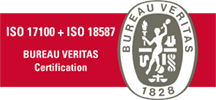Don’t waste your time when requesting a translation
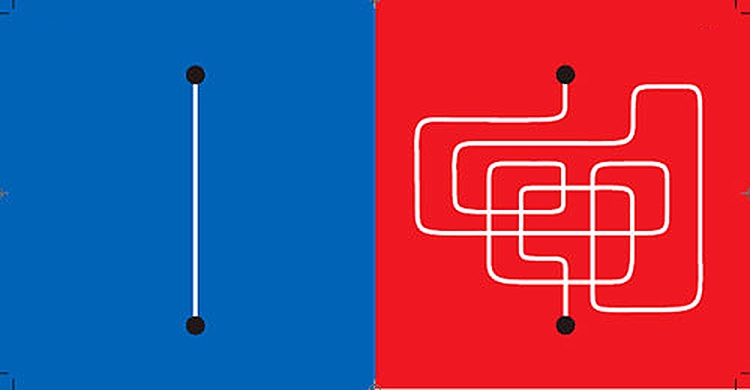
1 – You’re wasting time if you don’t identify yourself – An unidentified request raises questions and implies one more phone call or e-mail to which you must respond, which slows down the whole process. It’s best to identify yourself right from the start, so that we can offer you a budget that fits your needs. […]
9 habits to eliminate from your life so 2017 can still be a successful year
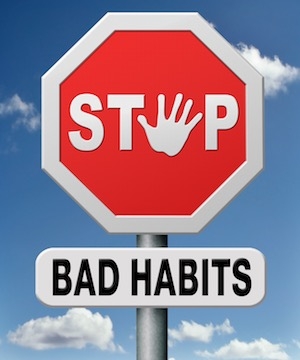
How about letting go of old habits and ending the year on a high note? At the beginning of each new year, most people make a list of things they wish to accomplish. However, few will have been accomplished by the time December comes around. One by one, most resolutions are abandoned throughout the year […]
A wandering mind is an unhappy mind
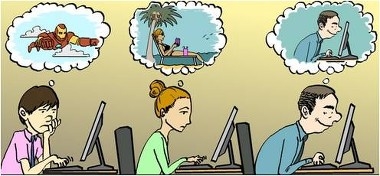
A study conducted by psychologists at Harvard University showed that people spend 47 % of their waking hours thinking about something other than what they are doing; this wandering of the mind makes them unhappy. “The ability to think about what is not happening is a cognitive achievement that has a high emotional cost” say […]
Companies and Business
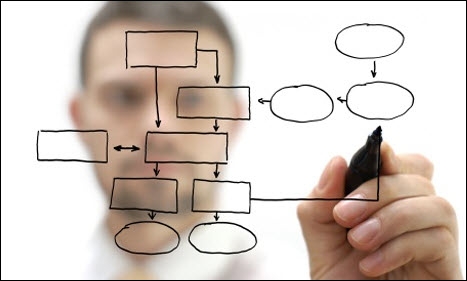
We have the technical and human resources required to create excellent translations with unmatched quality. Under the technical area of Companies and Business, to name a recurring technical area, we have already translated more than 50 million words with emphasis on the economic, tax, legal, financial and administrative areas, in more than 25 languages. In […]
What translation service best fits your goals?
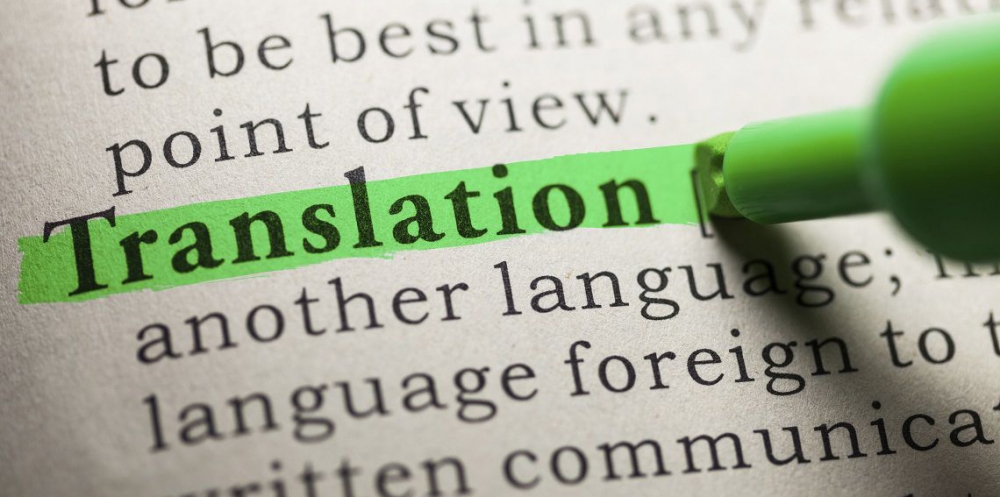
In order to achieve a specific goal, a company or a private individual may need a translation. We are living in a global village, where our client, supplier, partner, or any contact really, may speak a foreign language. There are numerous and different purposes for a translation. Without listing all of them, here as some examples […]
What Is The New Iso 17100 Translation Standard
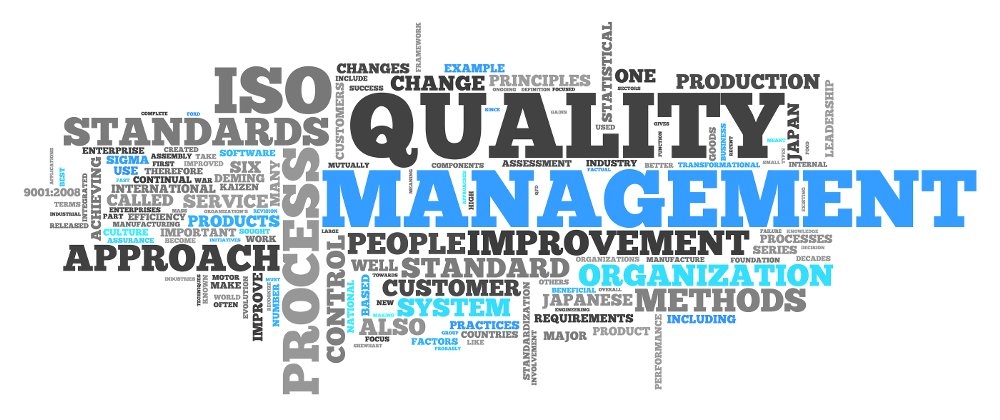
This standard, which replaces the European standard EN15038, was published on 1 May 2015 and specifies the new requirements for translation services: ISO 17100: 2015. The fact that the European standard is the basis of the new international standard is an indicator of the validity of the EN 15038, also being a sign that it […]
Yes, Let’s Do It! (*)
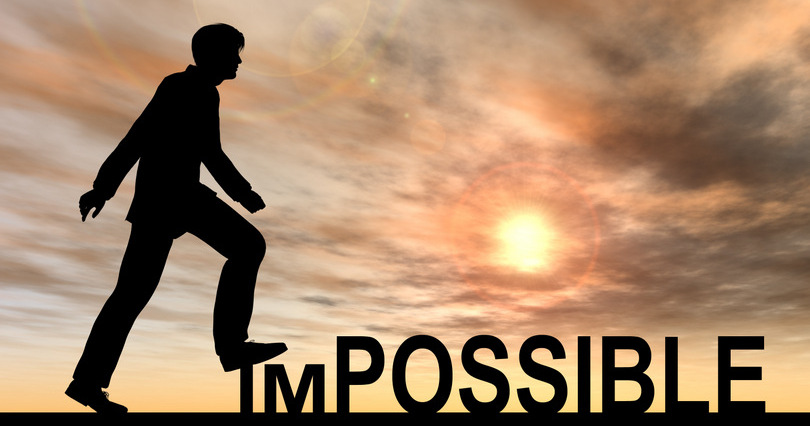
There is nothing permanent except change (Heraclitus, 2,500 years ago) M21GLOBAL helps you to harness change, be it in the technique in the production, in marketing or in sales… M21GLOBAL helps you to produce, to create, to sell, to innovate, to reach your audience, whether it is in France, or on the other side of […]

